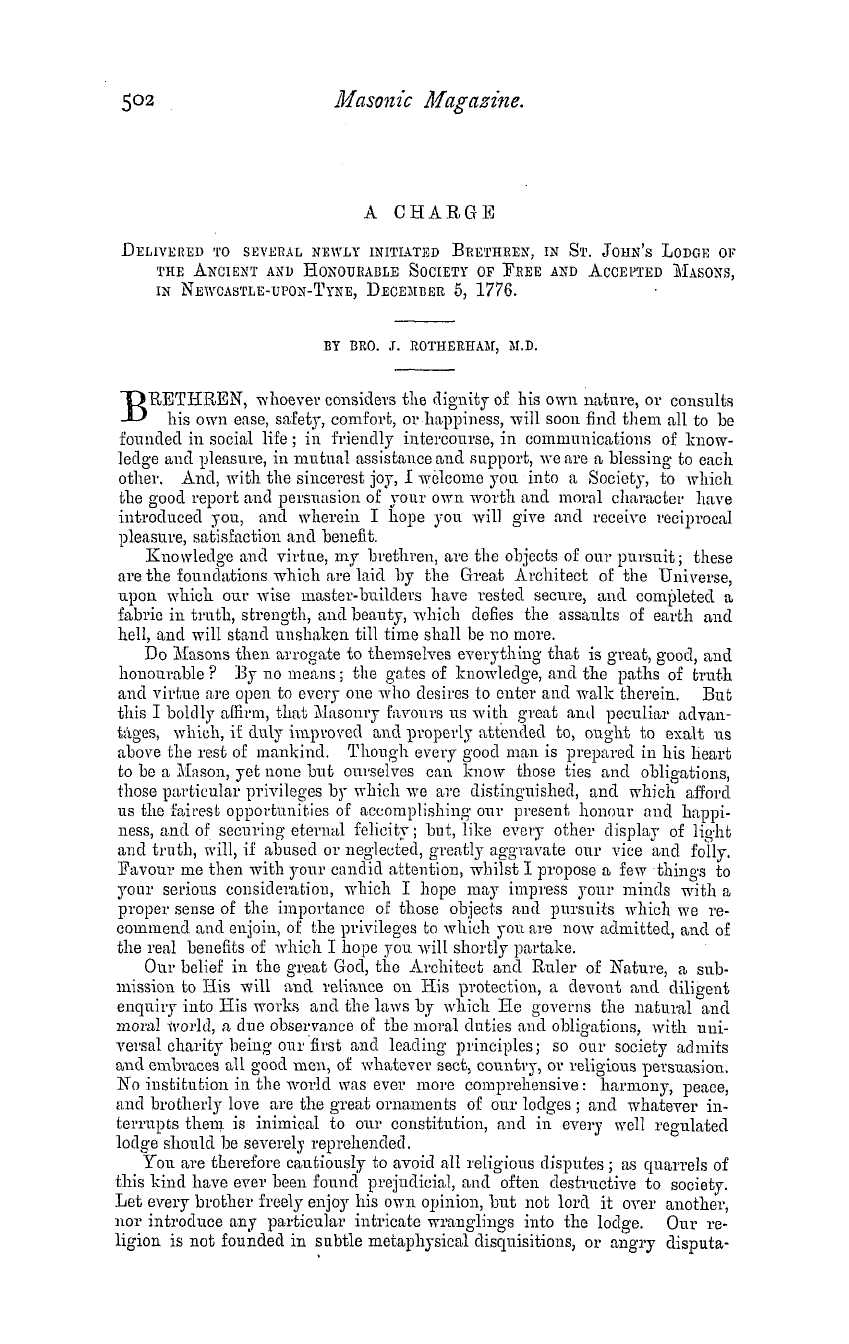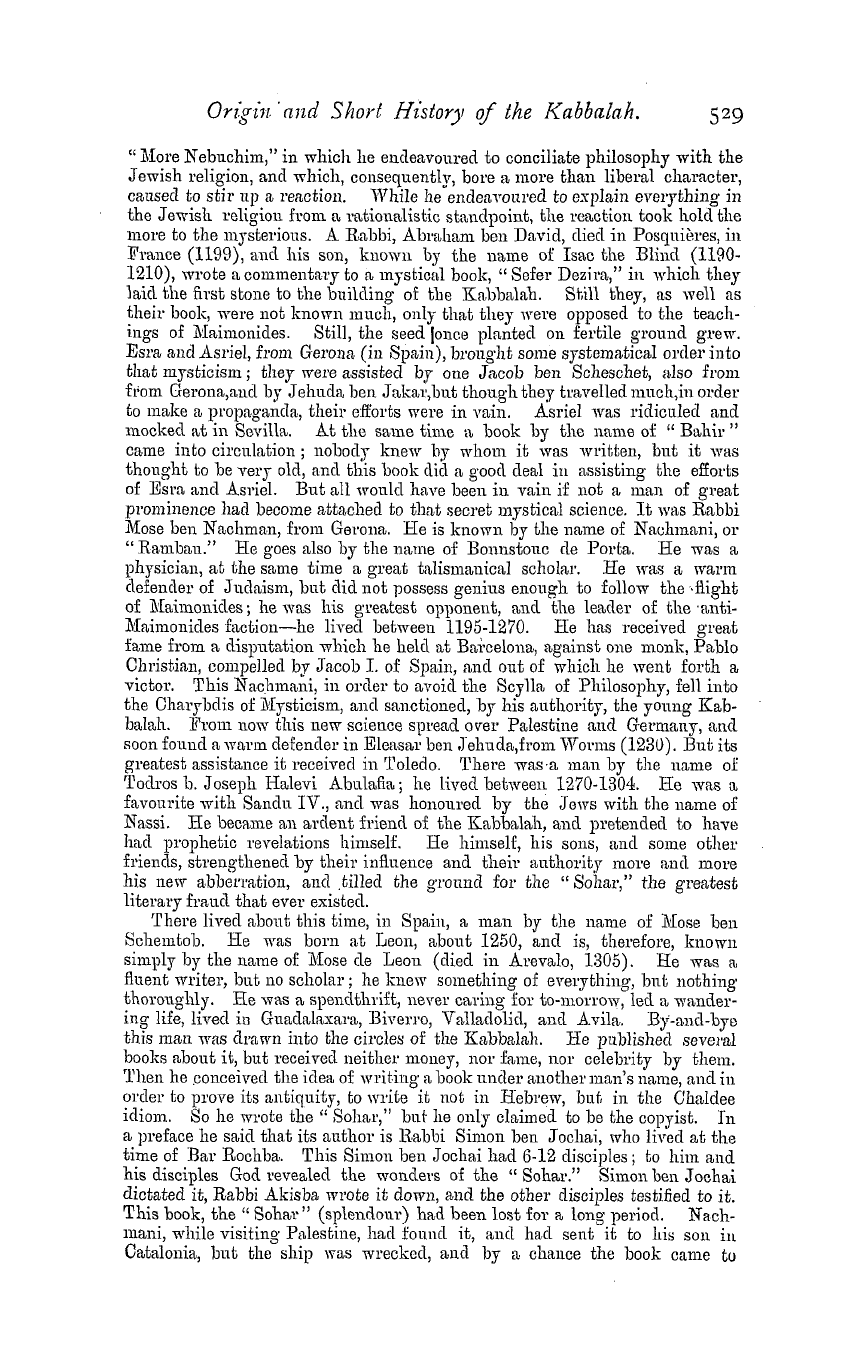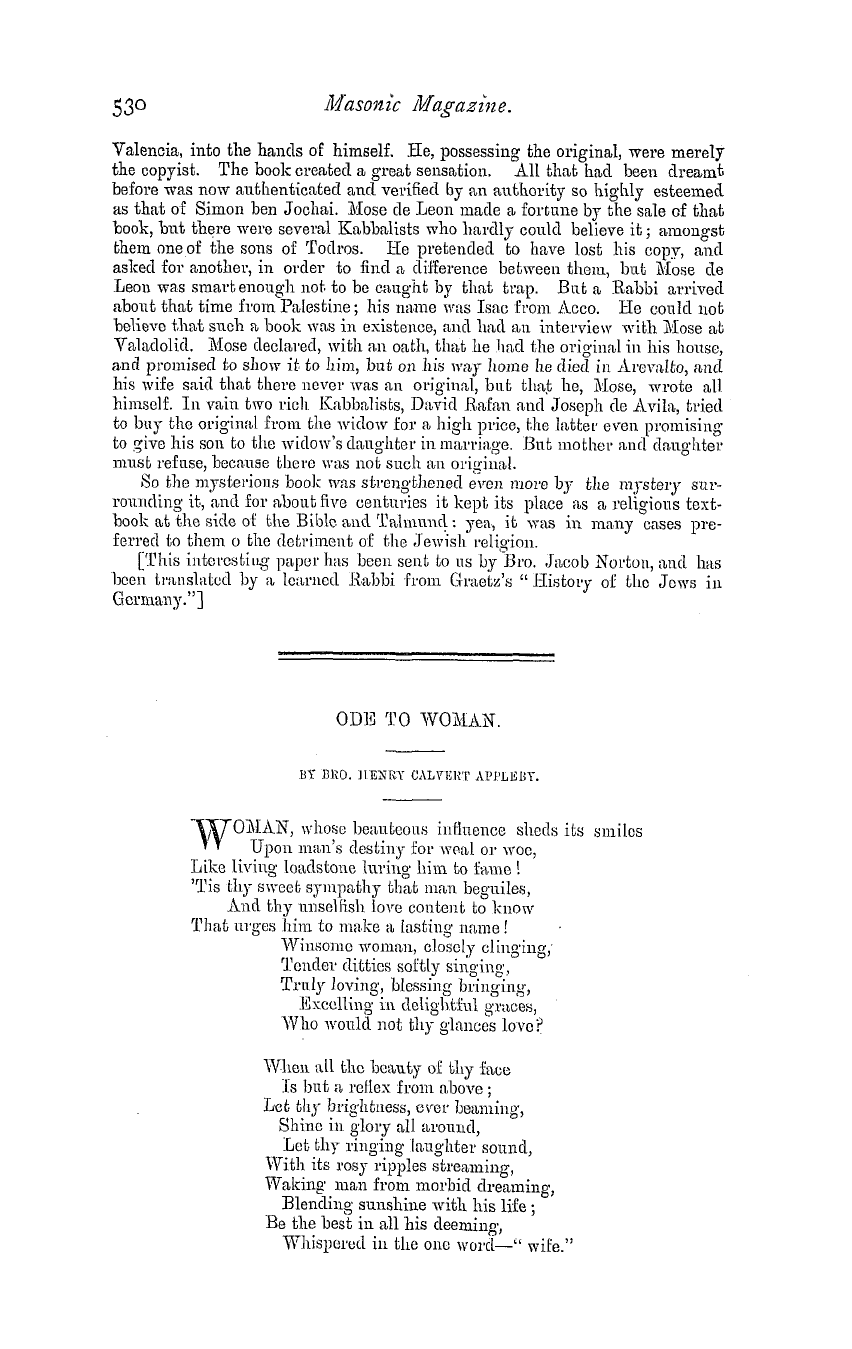-
Articles/Ads
Article THE ANCIENT CITIES OF TROY AND PERGAMOS. ← Page 2 of 2
Note: This text has been automatically extracted via Optical Character Recognition (OCR) software.
The Ancient Cities Of Troy And Pergamos.
walled in order to obtain security . Dr . Schliemann had undoubtedly discovered a city of Ilion , but it was not necessarily the chief city . Without going into the question of Hissarlik being the site' of that city , Dr . Phene said it must in any case have been one of tho towns belonging to Dardani . The remains near Buonarbashi agreed more with , the rain-proof porches to walk in and with the separate chambers for Priam ' s sons and sons-in-law
, referred to in Book VI . of the " Iliad . " The foundations at Buonarbashi , when compared with the oldest remains in Italy , were found to be of the type called Pelagic . They were carefully , it might almost be said royally , constructed , while those at Hissarlik are carelessly put together . The impression of the lecturer was that the ruins of Hissarlik represented the Acropolis of ancient Troy . The Trojans were not a naval people , but the vast jars for oil
and wine unearthed by Dr . Schliemann testified to commercial importance , while the royal residence and temple wonld , like the Temple of Diana at Ephesus , bo secluded from the noisy rabble of commerce . Further south , and strongly protected from the sea by a bold coast , was the site of tho ruins of Chigri . This district abounded in relics . It was near here that Alexander erected the Troas bearing his name , and it seemed to the lecturer that he was
well informed , and selected the former royal rather than the former commercial district . Dr . Schliemann may have opened , he said , the great mart of Troy ; but Priam dwelt at Ilium . Ida was the sacred mountain of the Trojans , on a spur of which Ilium stood . This matter had been considered on too narrow a basis . We had been looking for a city , it was urged , while we named a country ; for citizens , while we were thinking of a nation . Troja was the capital of Troas , and Ilium was the royal and military stronghold . Referring to peculiarities of the inhabitants of the district , the lecturer drew attention
to the golden hair and light blue eyes of many of the women , a remarkable dance for festival days , in which the dancers , young and old , performed in line and not in circle , and the children having horses for their principal plaything . The horse was famous in the history of Troy , and it was curious that these modern toys had a noticeable shape which was almost identical with that of one which Dr . Phene had picked up from the ground , wdiich must have been
of great age . After alluding to an ascent of Samothrak—the lecturer sayinghe believed he was the first person who in modern times had seen the plains from this summit—the ruins of Perganios were discussed . This town had been built on a peak levelled in the manner already mentioned . That there had been such levelling was made certain by . the summit of the mountain having been allowed to stand and form a- cone . In the operation material was
provided for the construction of buildings . It had been founded in remote ages , further back than the time of Lysimaehus ; but in more artistic days the rude materials would only be used in the defence walls , while the newer buildings would be built in a more costly manner . The walls were still so perfect that their embattled appearance made it difficult to believe that at the foot of the mountain there lived a people at peace with it . The place was strewn with
blocks of fine marble , broken columns , pieces of friezes , entablatures , and so forth . Reference was made to the remains brought thence to Berlin ; but many art treasures , it was said , wore still concealed . The scul ptures at Avignon in France , it -was pointed out , much resembled those in the museum at Berlin from Permagos . After saying that there must have been a great school of paintsng there , the lecturer proceeded to describe observations he made in the neighbourhood of Smyrna . The lecture extended to considerable length , and the statements were supported by numerous quotations from classic authors .
[ Though Dr . Phene ' s views are . as our readers will note , not altogether in accord with those of Dr . Schliemann , yet they are both curious and interesting , and deserve to be noted and preserved in the pages of the Masonic Magazine . ]
Note: This text has been automatically extracted via Optical Character Recognition (OCR) software.
The Ancient Cities Of Troy And Pergamos.
walled in order to obtain security . Dr . Schliemann had undoubtedly discovered a city of Ilion , but it was not necessarily the chief city . Without going into the question of Hissarlik being the site' of that city , Dr . Phene said it must in any case have been one of tho towns belonging to Dardani . The remains near Buonarbashi agreed more with , the rain-proof porches to walk in and with the separate chambers for Priam ' s sons and sons-in-law
, referred to in Book VI . of the " Iliad . " The foundations at Buonarbashi , when compared with the oldest remains in Italy , were found to be of the type called Pelagic . They were carefully , it might almost be said royally , constructed , while those at Hissarlik are carelessly put together . The impression of the lecturer was that the ruins of Hissarlik represented the Acropolis of ancient Troy . The Trojans were not a naval people , but the vast jars for oil
and wine unearthed by Dr . Schliemann testified to commercial importance , while the royal residence and temple wonld , like the Temple of Diana at Ephesus , bo secluded from the noisy rabble of commerce . Further south , and strongly protected from the sea by a bold coast , was the site of tho ruins of Chigri . This district abounded in relics . It was near here that Alexander erected the Troas bearing his name , and it seemed to the lecturer that he was
well informed , and selected the former royal rather than the former commercial district . Dr . Schliemann may have opened , he said , the great mart of Troy ; but Priam dwelt at Ilium . Ida was the sacred mountain of the Trojans , on a spur of which Ilium stood . This matter had been considered on too narrow a basis . We had been looking for a city , it was urged , while we named a country ; for citizens , while we were thinking of a nation . Troja was the capital of Troas , and Ilium was the royal and military stronghold . Referring to peculiarities of the inhabitants of the district , the lecturer drew attention
to the golden hair and light blue eyes of many of the women , a remarkable dance for festival days , in which the dancers , young and old , performed in line and not in circle , and the children having horses for their principal plaything . The horse was famous in the history of Troy , and it was curious that these modern toys had a noticeable shape which was almost identical with that of one which Dr . Phene had picked up from the ground , wdiich must have been
of great age . After alluding to an ascent of Samothrak—the lecturer sayinghe believed he was the first person who in modern times had seen the plains from this summit—the ruins of Perganios were discussed . This town had been built on a peak levelled in the manner already mentioned . That there had been such levelling was made certain by . the summit of the mountain having been allowed to stand and form a- cone . In the operation material was
provided for the construction of buildings . It had been founded in remote ages , further back than the time of Lysimaehus ; but in more artistic days the rude materials would only be used in the defence walls , while the newer buildings would be built in a more costly manner . The walls were still so perfect that their embattled appearance made it difficult to believe that at the foot of the mountain there lived a people at peace with it . The place was strewn with
blocks of fine marble , broken columns , pieces of friezes , entablatures , and so forth . Reference was made to the remains brought thence to Berlin ; but many art treasures , it was said , wore still concealed . The scul ptures at Avignon in France , it -was pointed out , much resembled those in the museum at Berlin from Permagos . After saying that there must have been a great school of paintsng there , the lecturer proceeded to describe observations he made in the neighbourhood of Smyrna . The lecture extended to considerable length , and the statements were supported by numerous quotations from classic authors .
[ Though Dr . Phene ' s views are . as our readers will note , not altogether in accord with those of Dr . Schliemann , yet they are both curious and interesting , and deserve to be noted and preserved in the pages of the Masonic Magazine . ]











































